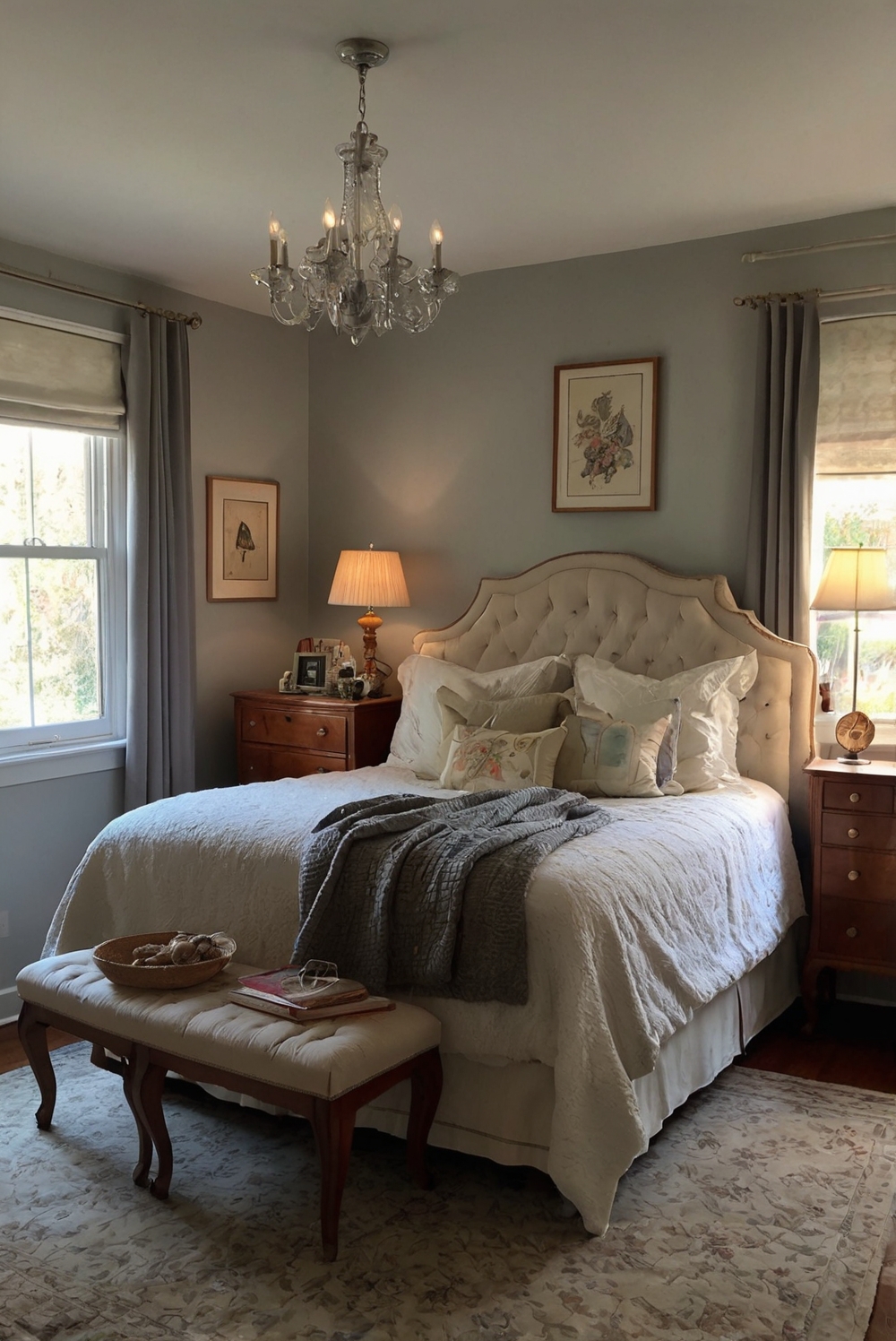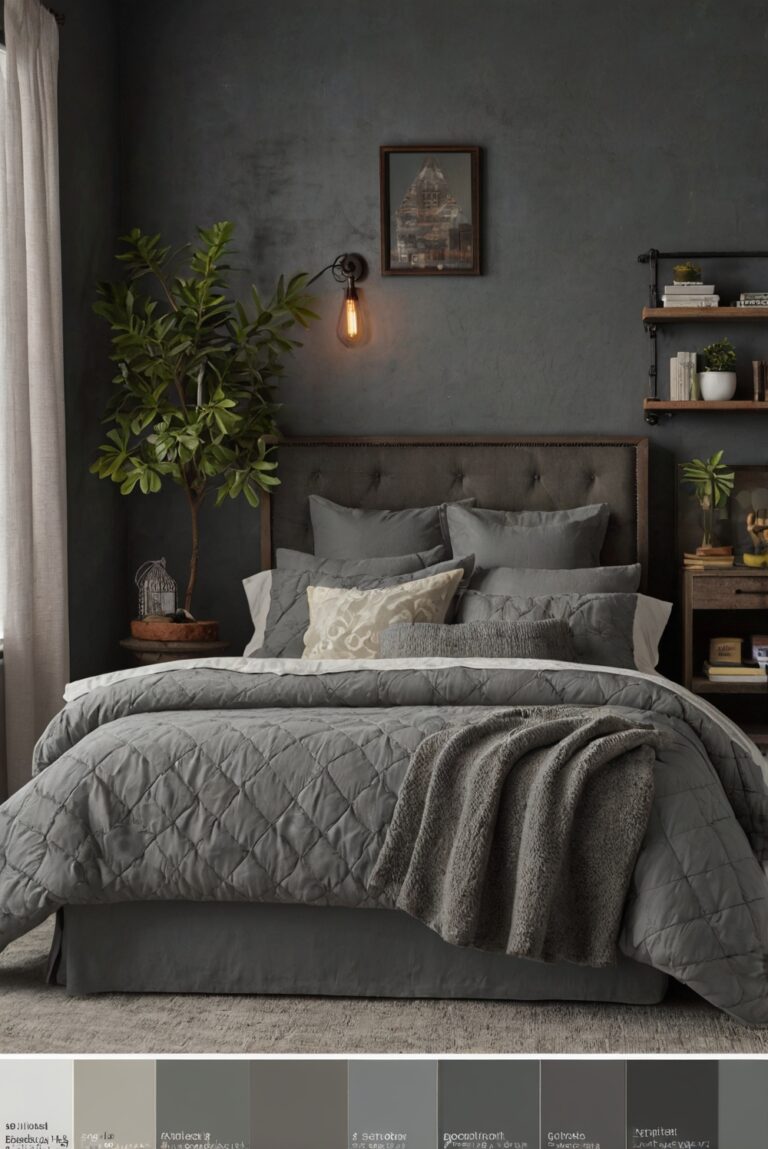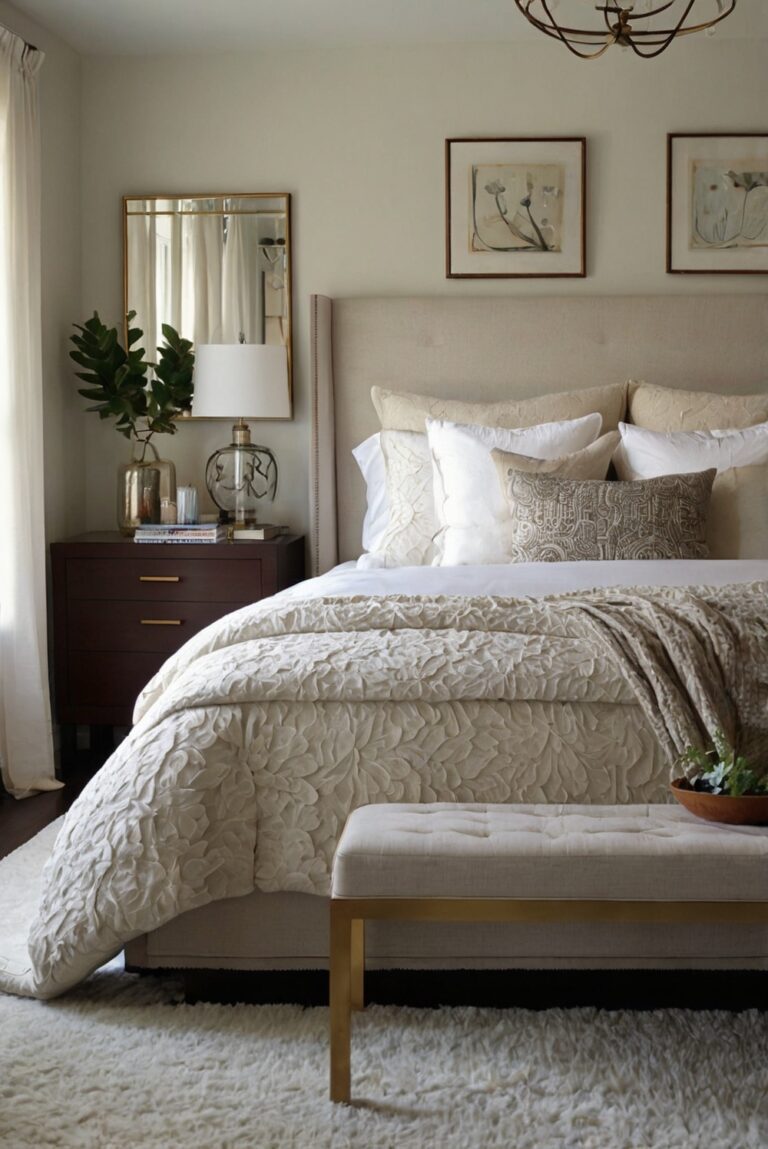Upgrade your bedroom ambiance with smart lighting features. Learn how to effortlessly incorporate them into your existing lamps for a stylish and functional space.
To incorporate smart lighting features into your bedroom lamps, start by investing in smart bulbs or smart plugs that connect to a compatible app on your smartphone. This will allow you to control the brightness, color, and timing of your bedroom lights. Consider setting up timers or routines for your smart lighting to automate your daily routine. Additionally, you can explore smart switches or dimmers for more control options. Smart lighting can enhance your home decor interior design by creating ambience and mood lighting tailored to your preferences. Ensure compatibility between your smart devices and smart home hub for seamless integration. Stay organized by labeling switches or grouping lights by room for easier management. Experiment with different color temperatures and brightness levels to create a cozy bedroom environment that suits your needs.
What are smart lighting features?
Smart lighting features refer to advanced lighting technologies that allow users to control their lights remotely, adjust brightness levels, set schedules, and even change the color of the lights. These features are typically integrated with smart home systems or controlled through mobile apps, voice commands, or motion sensors.
Why incorporate smart lighting features into your bedroom lamps?
Incorporating smart lighting features into your bedroom lamps can enhance the ambiance and functionality of your living space. With smart lighting, you can easily create different lighting scenes for various activities such as reading, relaxing, or sleeping. Additionally, smart lighting can help improve energy efficiency by allowing you to adjust the brightness levels and turn off lights remotely when not in use.
How to choose the right smart lighting system for your bedroom lamps?
When selecting a smart lighting system for your bedroom lamps, consider factors such as compatibility with your existing smart home ecosystem, ease of installation, and the range of features offered. Look for systems that offer customizable lighting options, remote control capabilities, and integration with popular voice assistants like Amazon Alexa and Google Assistant.
What are some popular smart lighting systems available in the market?
Some popular smart lighting systems that you can consider for your bedroom lamps include Philips Hue, LIFX, TP-Link Kasa, and Nanoleaf. These systems offer a wide range of features such as color-changing bulbs, dimmable lights, and programmable schedules to enhance the lighting experience in your bedroom.
How to incorporate smart lighting features into your bedroom lamps?
To incorporate smart lighting features into your bedroom lamps, follow these steps:
1. Choose the right smart lighting system that suits your needs and budget.
2. Install the smart bulbs or light strips in your bedroom lamps according to the manufacturer’s instructions.
3. Set up the smart lighting system using the accompanying mobile app or hub.
4. Customize the lighting settings to create different scenes for various activities.
5. Explore additional features such as voice control, scheduling, and automation to maximize the benefits of smart lighting in your bedroom.
By following these steps and incorporating smart lighting features into your bedroom lamps, you can create a more personalized and convenient lighting experience that enhances the ambiance and functionality of your living space.
1. What are smart lighting features?
Smart lighting features refer to lighting systems that can be controlled remotely through a smartphone or voice commands. These features include dimming, color-changing capabilities, scheduling, and integration with other smart home devices. Smart lighting can enhance the ambiance of a room, improve energy efficiency, and provide convenience.
2. Why incorporate smart lighting into bedroom lamps?
Incorporating smart lighting into bedroom lamps can create a relaxing and comfortable atmosphere. You can adjust the brightness and color temperature to suit your mood or activities. Smart lighting can also help you wake up gently in the morning by gradually increasing the light intensity. Additionally, having the ability to control your bedroom lights from your smartphone can add convenience to your daily routine.
3. How to choose smart lighting for bedroom lamps?
When selecting smart lighting for your bedroom lamps, consider factors such as compatibility with your existing smart home ecosystem, the type of control options available (app, voice, sensors), and the lighting effects you desire. Look for products from reputable brands that offer reliability and customer support. It’s also important to assess the installation process and whether the smart lighting system meets your budget and design preferences.
4. What are some popular smart lighting brands?
Some popular smart lighting brands that offer a wide range of products for incorporating smart features into bedroom lamps include Philips Hue, LIFX, TP-Link Kasa, Nanoleaf, and Yeelight. These brands provide various options in terms of color options, brightness levels, and connectivity features. Each brand has its unique strengths, so it’s essential to research and compare different options to find the best fit for your bedroom lighting needs.
5. What are the steps to incorporate smart lighting features into bedroom lamps?
To incorporate smart lighting features into your bedroom lamps, start by selecting the appropriate smart bulbs or smart switches that are compatible with your existing lighting fixtures. Install the smart bulbs or switches according to the manufacturer’s instructions. Next, download the corresponding app for your smart lighting system and follow the setup process to connect the devices to your network. Customize the lighting settings to your preferences, such as adjusting brightness levels, creating schedules, or setting up scenes. Experiment with different lighting effects to enhance the ambiance of your bedroom and enjoy the convenience of smart lighting control.







